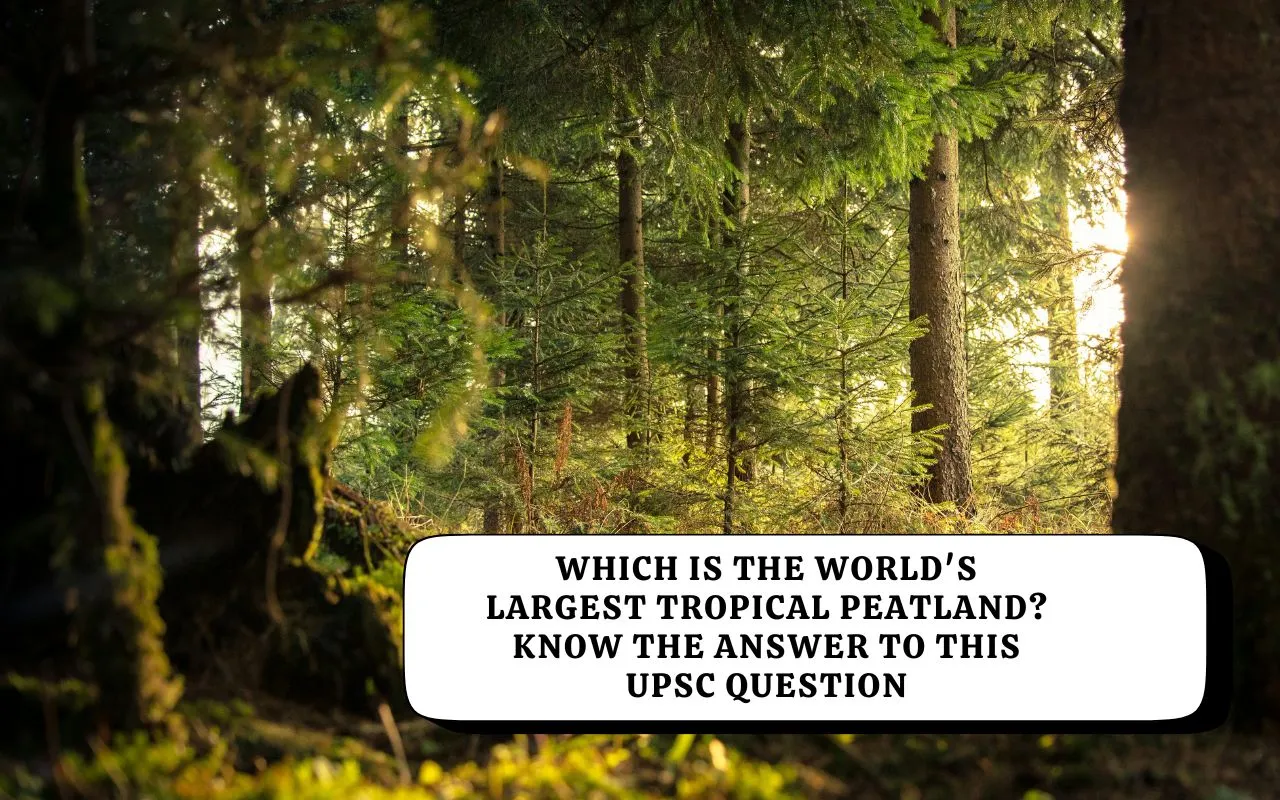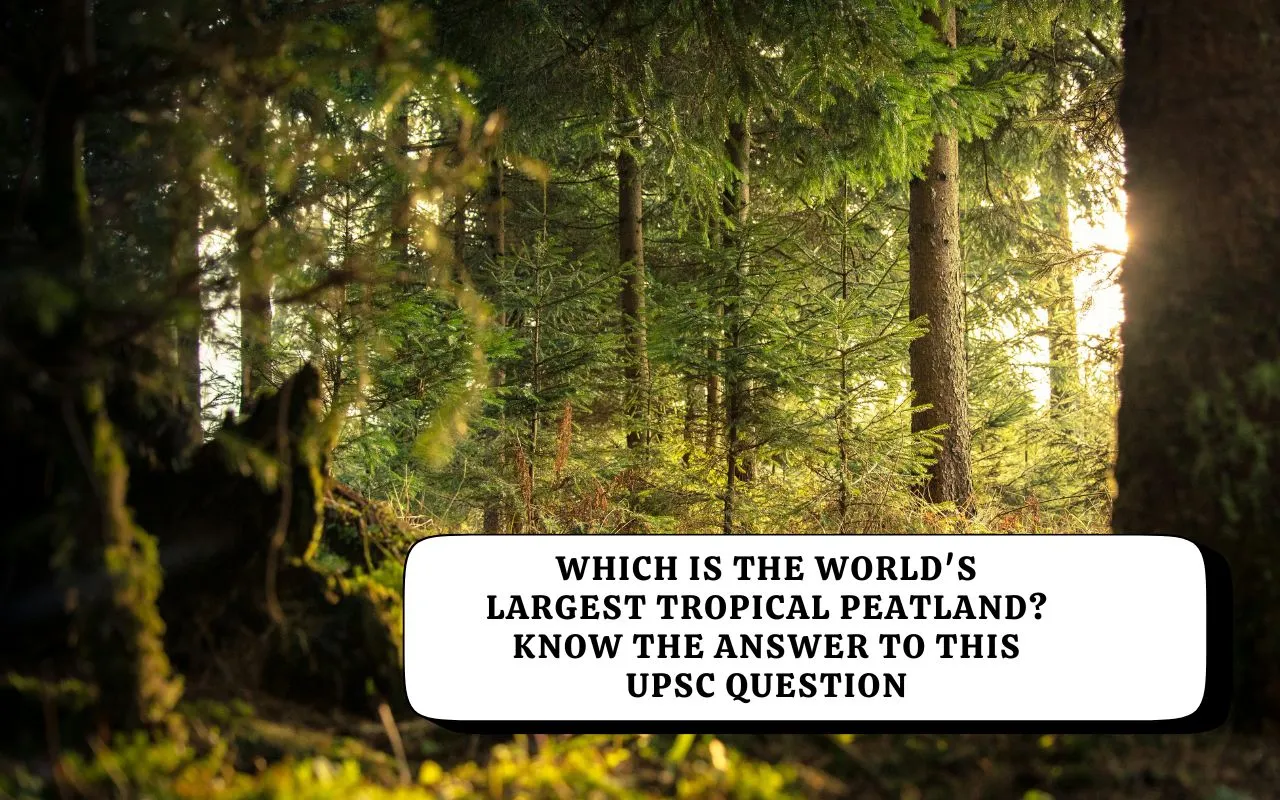

In the UPSC 2024 Prelims, one of the environment-based questions focused on an often-overlooked yet globally important ecosystem, the tropical peatlands. The question asked about the region that contains the world’s largest tropical peatland, which plays a major role in storing the planet’s carbon.
Understanding Tropical Peatlands
Tropical peatlands are special wetlands where layers of plant material have built up over thousands of years under waterlogged and oxygen-poor conditions. Because the lack of oxygen slows down decomposition, the plant matter gradually turns into peat, a thick and carbon-rich substance.
These ecosystems act as natural carbon banks. Even though they cover only a small portion of the Earth's surface, peatlands store more carbon than all the forests of the world combined. This makes them one of the most important natural defenses against climate change.
The Congo Basin: A Carbon Giant
The question referred to the Cuvette Centrale peatland located in the central Congo Basin. Covering an area larger than England, it is known as the largest tropical peatland complex in the world. Scientists estimate that this vast wetland stores billions of tonnes of carbon, roughly equal to three years of global fossil fuel emissions.
Any disturbance to this ecosystem through deforestation, drainage, or agricultural expansion could release the stored carbon back into the atmosphere as carbon dioxide and methane, both of which are powerful greenhouse gases. Such a release would have severe consequences for global climate stability.
How Peatlands Store Carbon
The formation of peat is a slow and continuous natural process. As plants in waterlogged areas grow and die, their remains settle into layers that decompose very slowly because of the lack of oxygen. Over centuries, these layers build up into thick peat deposits that trap carbon for thousands of years. However, when these wetlands are drained or cleared, the peat is exposed to air. This exposure speeds up decomposition, and the carbon that was safely stored for millennia is released rapidly into the atmosphere, reversing centuries of natural carbon storage.
Global Comparison
Regions such as the Amazon Basin and parts of Southeast Asia also have tropical peatlands, but none match the size and carbon density of the Congo Basin’s peatland system. Its discovery in recent years has significantly changed how scientists understand Africa’s role in maintaining global carbon balance.
Why This Question Matters
UPSC often includes questions that link geography with environmental science. Understanding the location and significance of major ecosystems, including the Congo Basin, Amazon Basin, Rio de la Plata Basin, and Kikori Basin, helps candidates grasp how natural systems interact on a global scale.
The correct answer to the 2024 UPSC question is: The Congo Basin, which contains the world’s largest tropical peatland.
